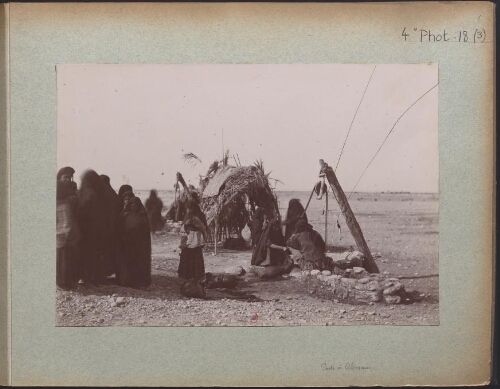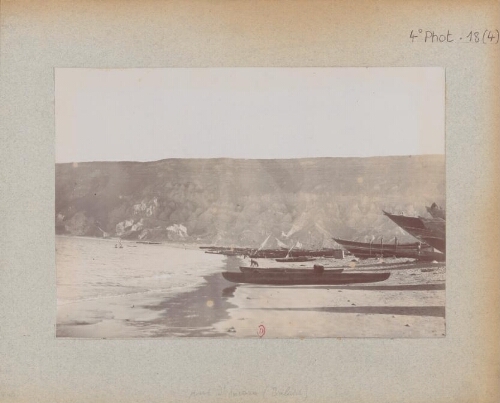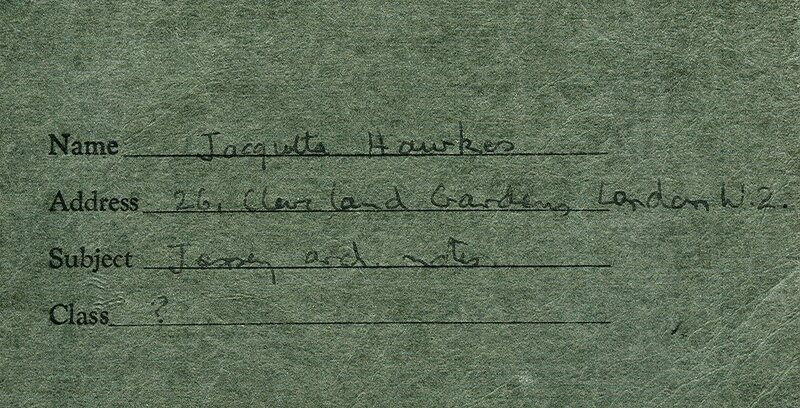Impacts on the Field
Jean Dieulafoy
Dieulafoy’s articles, drawings, photographs, and stories shared not only her work, but also her feelings. It is important for modern archaeologists to learn from Jean because she brought a unique outlook to her work. Figures 19 and 20, depicting her travels in Persia, show how Dieulafoy was invested with capturing the context of her work, a key part of archaeology today. While Dieulafoy has a fascinating story, the history of France in Persia and the fact that many objects from these sites are still housed in the Louvre does tie into the colonial effects of archaeology.
Dieulafoy is an inspiration for many as a person who was not afraid to express themselves and pursue their career especially in a society where there are (still) so many expectations placed upon gender. Jane was unapologetically herself through and through and she created that reputation for herself. As a woman and as a person, it is inspiring for me to see someone who contributed so much work to a field while being themself.
Maud Cunnington
Maud's contributions are vast and essential for our understanding of historic sites in the United Kingdom, such as her illustration of Knap Hill Camp, seen in Figure 21. This map shows the birds-eye view of Knap Hill Camp and indicates scale, direction, and architectural features. She became president of the Wiltshire Archaeological and Natural History Society and she became involved in the Devizes Museum after her marriage. On top of this, she was the second woman to be elected “an honorary fellow of the Society of Antiquaries of Scotland” (Taylor) and the first woman to be awarded a CBE, or a Commander of the Order of the British Empire, in 1948.
Maud left behind a legacy of pursuing her passions during a time when opportunities were beginning to open and change for women. She was dedicated to making archaeology more accessible and aiding in public awareness of history and archaeology. Accessibility is an important topic for anthropologists and archaeologists alike, and her dedication to sharing is why we know so much today.
Jacquetta Hawkes
Jacquetta goes on to be involved in other civil positions such as being the archaeological advisor for the Festival of Britain for two years. She received the medal of the Order of the British Empire in 1952 for her work in the Festival. Her success is partly in thanks to her education. Figure 22 shows the cover page of one of her exercise books that would have held her school work as a student. She lived a diverse life and left behind a record of ambition and skill in multiple fields that led her to a good amount of recognition.
Her humanistic approach and focus on publicly publishing her experiences began to change the field. It is also an important perspective into how we view decolonizing the field of archaeology today. While many tried to judge her based on her beauty and her multiple marriages, it did not reflect on her work or her value as an archaeologist. Like Jean and Maud, we know so much more about the world because of them.
In Conclusion
Women have played an invaluable role in the history and beginnings of archaeology. Without the contributions of the women addressed in this exhibit, there would be much that we would not know about and would not understand. These women made breakthroughs in gender expression, gender expectations, marital expectations, and more. Their work diversified the field and paved the way for modern archaeologists interested in decolonizing. Even though they were not aware of it at the time, their focus on accessibility and sharing is a key part of decolonizing the field today. While some women in the field earned respect along the way and received recognition for their work and contributions, not all did. Many women were looked down upon and are still undervalued and thus underrepresented today. The exclusion of women based on homophobic, misogynistic, and patriarchal ideologies drastically reduces the information and value that women provide to archaeology and research.



